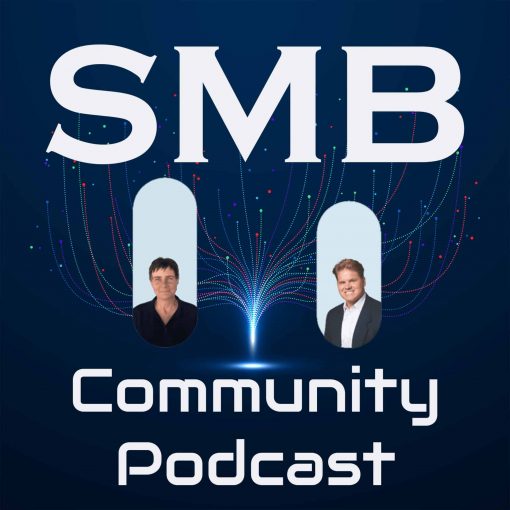Recently in one of the Mastermind groups that I mentor a question came up about supporting non-profit organizations. Often MSPs think that you have to undercut your profits to support them. It’s not true! One of the firms in my Mastermind group is a very large MSP with ALL non-profit clients. Yes, you can support small local charities as a give-back to your community but you can also engage with thriving non-profit organizations with good funding.
Managed Service Providers (MSPs) often field requests to support non-profit organizations and charities. It’s an incredible opportunity to contribute to your community, but it’s also a unique business relationship that comes with specific challenges and rewards. Let’s explore how you can deliver top-quality IT services to non-profits while maintaining a successful business relationship—no charity required!
Recognize the Value You Bring—No Need to Cut Your Rate
Many MSPs feel compelled to lower their rates for non-profits. Most of the time, this isn’t necessary. Non-profits value professional expertise just as much as commercial clients do. You’re not just a cost to them; you’re a critical partner enabling their mission. Instead of trimming your services or your fee, focus on delivering strategic value and results that help them fulfill their organizational goals. Your work helps them achieve greater impact, so don’t be shy about stating your value.
Connect Clients to Technology Discount Programs
Non-profits often qualify for substantial discounts on software and hardware through programs like TechSoup and Microsoft’s Nonprofit Offers. As their trusted advisor, make it standard practice to:
- Guide them to register and get verified with organizations like TechSoup.
- Help them take advantage of discounted Microsoft 365 nonprofit licensing and other vendor discounts.
- Build these discounts into your solutions—your effort here stretches their IT budget and amplifies your value.
Speak Their Language—From “Corporation” to “Organization,” From “Productivity” to “Mission”
Tailoring your communication style builds trust. Swap terms like “corporate user” with “team member,” refer to “the organization” instead of “the business,” and tie your support directly to their mission goals rather than just “productivity” or “profit.” For example, show how streamlined IT supports their capacity to deliver services to more people, win more grants, or serve their community more efficiently.
Language is very important to non-profit organizations.
Understand Non-Profit Funding Structures
Non-profits don’t make money the same way that traditional businesses do. They don’t have the option of selling or doing more to make more money. Instead, you’ll encounter:
- Annual fixed budgets struggling to keep up with changing IT needs.
- Grants that fund very specific projects, sometimes with specified hardware or software purchases sometimes no thought at all has been given to the IT needs of the grant.
- Donations, gala event proceeds, and sponsorships that provide unpredictable bursts of funding each with their own usage restrictions.
IT expenses are not always included in these funding mechanisms by default. As an MSP, you should position yourself as a strategic partner early in the budgeting process. Proactively offer to help with grant applications or provide IT quotes for fundraising proposals. The goal is to ensure your services and any mission-critical purchases end up in the non-profit’s budget line items—not in the dreaded “unfunded needs” pile.
Be Part of the Funding Conversation
An important MSP role is making IT visible to funders and decision-makers. Here are ways to ensure inclusion:
- Attend board meetings or budget sessions when IT is being discussed.
- Provide detailed line-item quotes for grant writers.
- Educate organizational leaders on the ROI your services provide—think “capacity building” rather than just “tech support.”
- Share stories or stats from other non-profits who have improved their outreach or efficiency with similar IT investments.
Other Practical Ideas
- Offer regular IT health checkups. Non-profits tend to fall behind on updates, compliance, and security. Proactive reviews help them stay on track.
- Document everything. Non-profit teams experience frequent leadership or staff turnover; having clear documentation ensures continuity.
- Promote cloud-based, scalable solutions. Non-profits experience unpredictable growth and change. Cloud platforms make this flexible and affordable.
- Suggest cyber insurance and resilience planning. Non-profits are often targeted by cybercriminals but may lack the awareness or resources to recover from events.
Final Thoughts
Supporting non-profits as an MSP isn’t about giving your services away—it’s about delivering value, advocating for their unique needs, and partnering with them to help achieve their mission. When you approach these relationships with respect, empathy, and professionalism, you’ll build long-lasting partnerships that are rewarding for both you and the organization.
Let’s empower non-profits —one well-supported mission at a time.




